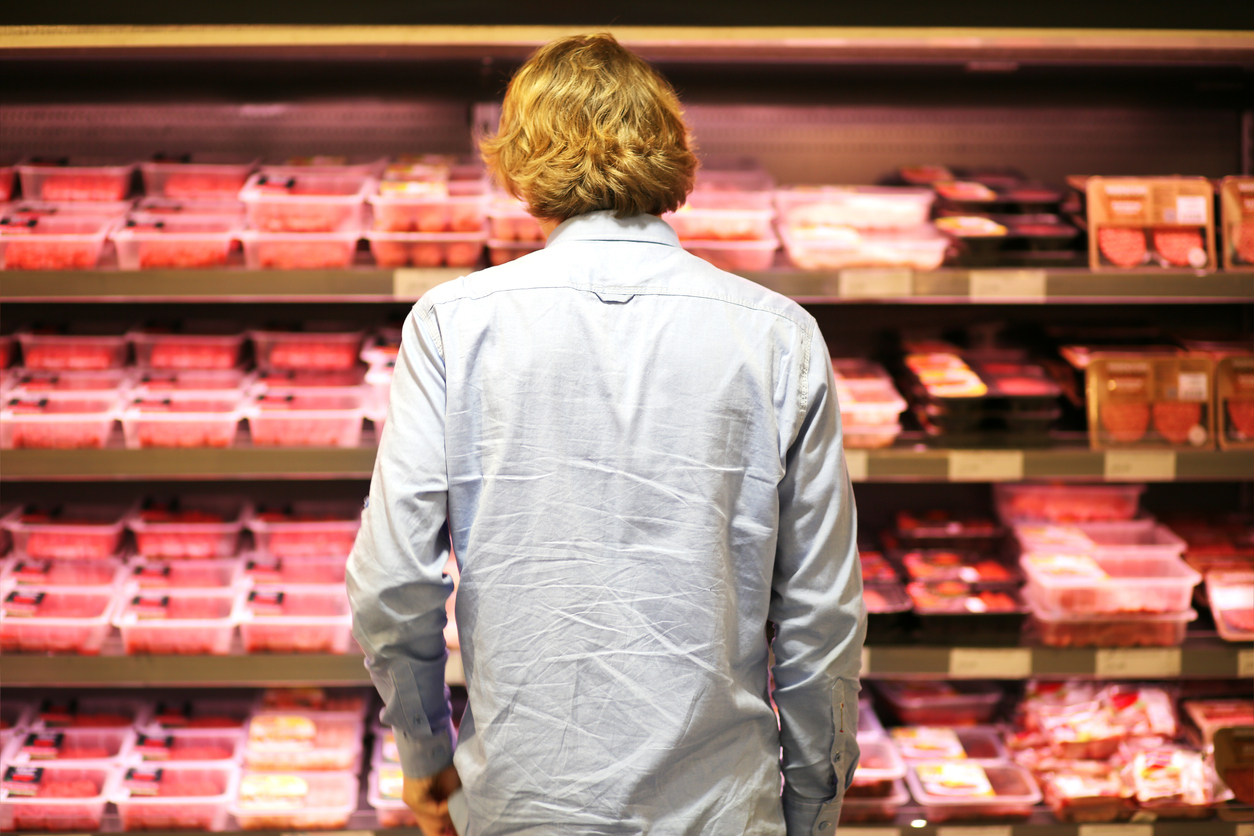Farmworkers critical to agriculture’s success
Farmworkers are far from “unwanted” as was suggested in a recent column in The Seattle Times. Without farmworkers, agriculture in Washington state would suffer a potentially catastrophic failure that would have ripple effects not just for rural communities but for the state as a whole where farms, dairies, and ranches combine to trail only aerospace in terms of economic importance.
The reality of agricultural life in our state is this: farmworkers are critical to its success. The real issue with the column is in its basic assumption that farmworkers were not treated as an essential part of the agricultural sector before a few weeks ago.
Farmworkers and their employers have been considered “critical infrastructure” by the United States since the enactment of Presidential Directive/Hspd-7 in 2003 to ensure the continued production of a safe and plentiful food supply in the event of a national emergency. The “critical infrastructure” designation makes farmworkers, their employers, and the ancillary services necessary to keep farms, dairies, and ranches operational a crucial part of our economy in a time when we need as much economic activity as possible.
The column also references the “papers” given to farmworkers to empower them to move about freely during the stay-at-home order, suggesting they are allowed to flout the Gubernatorial order. The letters provided to farmworkers by their employers are to reassure their employees it is acceptable for them to go to work, if they wish. Much like the letters workers in Italy have been carrying with them for weeks. Additionally, no employer can force an employee to return to work if they choose not to.
Agricultural employers in Washington state are held to strict Personal Protection Equipment (PPE) rules during regular operating seasons. PPE often includes respirator masks, gloves, suits, rubber boots, and goggles for all employees dealing with chemicals or even with highly aromatic crops like garlic.
Now, more than ever, agricultural employers are mindful of the health and safety of their employees by understanding their personal dynamics away from work. For example, a husband and wife who work at the same farm would likely be assigned to work together.
There are also some basic errors included in his indictment of Washington agriculture.
In early April, there are no harvests to be had. Early flowering fruit orchards may have employees thinning blossoms, but the majority of the agricultural crop community is just getting started with soil preparation and seeding and livestock producers are busy managing birth schedules and milkings. Farmers and their employees are taking advantage of the longer days and warmer weather to get fruit and vegetables started for harvests that will begin mid-summer and moving livestock to pastures for the warmer months.
It is also important to say a word about farmworker wages. Washington state’s mandatory hourly minimum wage is $13.50/hr. Piece rate workers in Washington state have a starting wage of $13.50/hr. but can earn much more based upon their productivity. Agricultural employers hiring workers with a temporary H-2A work visa are required to pay a minimum of $15.83/hr. to all employees on their farm, H-2A or otherwise. In addition to a wage premium, H-2A workers are provided with housing and transportation by their employers. Agricultural employers compete with other industries and, in some cases, other farms or ranches for the same employees, pushing wages higher.
Farmworkers are the backbone of American agriculture. It is nice that people in cities who don’t work in agriculture have come to appreciate that, too. Using farmworkers to demonize farmers or as a weapon against political opponents, however, can appear to be motivated by politics rather than treating them as truly essential and human.
The discussion around immigration needs to focus on helping people who have helped this country function – in and out of farm fields – for generations as part of the technicolor fabric that makes the United States beautiful.
Food and fiber production is an industry unlike many others. Numerous reports have highlighted the uncertainty in agriculture during the last few years and, yet, food and fiber production has persevered. Not because the agricultural industry is better, but because of the belief that it must endure on a local level as a service to the surrounding communities and to the workers who are part of it.





